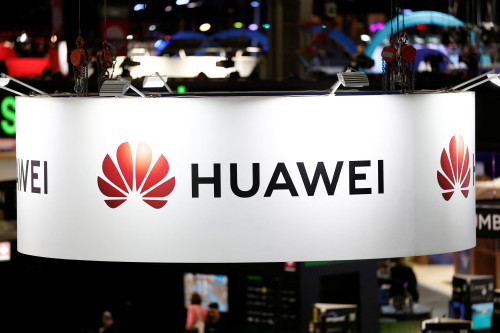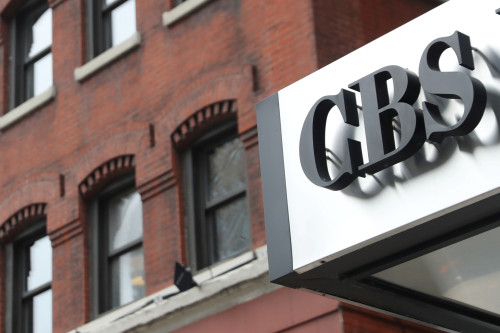
(Justin Vaughn, Editor, Options Trading Report)
Monday’s market was about more record index highs, as the S&P 500 hit another new record and the Dow Jones Industrial Average crested 43000 as the index marched up 200 points. Technology stocks were the buzz of the day as the Magnificent 7, chip stocks and big favorites blazed to many new levels, back on track after many weeks of ‘whip-sawing.’ Bitcoin was actively rising to the $67,000 range as nearly all crypto currencies were stronger. The Indexes suffered Tuesday as the market opened soft and trickled downward all day. The Dow Jones Industrial Average lost 300 points after closing above 43.000 on Monday. The Benchmark S&P 500 fell 0.8% while the Nasdaq Composite slipped 1%, with investors and traders driven to the sidelines. Even a ‘batch’ of big-bank’s better earnings couldn’t sway the market. The technology heavy Nasdaq, reversing yesterday’s banner market, faded into all indexes losing ground. On a bullish note UBS strategist Jonathan Gulub wrote that he “sees the Benchmark S&P 500 ending the year at 5850 level, up from a previous target of 5600.” He added that “in 2025 the S&P 500 will finish 6400 up from the previous expectation of 6000.”
Stocks charged ahead Wednesday with techs again (the common denominator), leading the turn-around. Big banks’ earnings season continues as ‘big numbers’ drive the market and the indexes. “Usually, Septembers’ in election years are negative. However if they’re positive then that implies a positive October as compared with a more negative October,” said Sam Stovall of CFRA Research, chief investment Strategist. Chip stocks, and technology stocks took center stage on Thursday, boosting the market. The Dow Jones Industrial Average touched another record, its 39th peak of the year, gaining 143 points. While point moves were significant, throughout those 39 weeks of record setting, most points moves were on the conservative side, 100 to 350 points. The averages have consistently been bolstered by good news a majority of the time, remaining ‘bullish’ and continuing to climb higher. Data released Thursday from The Census Bureau was more positive news as retail sales climbed 0.4% (0.3% was predicted by economists). Combining with the healthy weekly Jobless Report of 241,000, well below expectations, gives Mr. Powell and the Fed have good input in determining future rate cuts for November.
The other shiny metal is waking up….. Platinum is the “newer kid on the block,” said Edward Sterck, director of research at World Platinum Investment Council. He added that Platinum is “30 times rarer than gold.” Gold and silver have come alive and are on a tear the past 12 months, with gold leveling at $2,695 an ounce while silver at $31.92 an ounce. Platinum is near $1,004 an ounce, steady for several months. Gold is up 28% with silver up 30% this year, beating all commodities and the indexes…and most stocks. Unlike gold and silver, platinum is used to a great degree in the automotive industry in the production of catalytic converters. As electric vehicles displace internal combustion autos the demand for platinum decreases, severely affecting mining production in South Africa and Russia. South Africa is the largest producer of platinum while Russia is a distant second. Both CitiBank and JPMorgan Chase see Platinum prices rising to $1,100– to $1,200 area in the next 6–to–12 months. While gold and silver are very easy to transact, platinum is more complicated, often forcing the consumer-owner to depend on a dealer who will charge a hefty fee, often near 10% to transact.
RUMBLINGS ON THE STREET
Ivy Zelman, Executive Vice President, Zelman Associates, Barron’s – “Mortgage rates will move higher [in the near term]– with one caveat. The spread [between mortgage rates and 10-year Treasury yields] really matters. That spread is related to what is happening in the secondary mortgage–backed securities market.”
Michael Akordeles, head of U.S. economics at Trust Wealth, Barron’s – “The equity market is looking complacent. That’s why investors need to look beyond the mega cap of tech for good long–term bargains.”
Mark Palim, chief economist at Fanne Mae, WSJ – “The key is not necessarily whether the Fed cuts short–term rates by 25 or 50 [basis points] but how that reduction is interpreted further on the yield curve by bond market participants.”
Reshma Kapadia,writer for Barron’s, Emerging Markets, Barron’s – “As China’s economy and market struggled in recent years, India emerged as a star, with the MSCI India returning 51% while the MSCI China index lost 15% over the past three years.”




